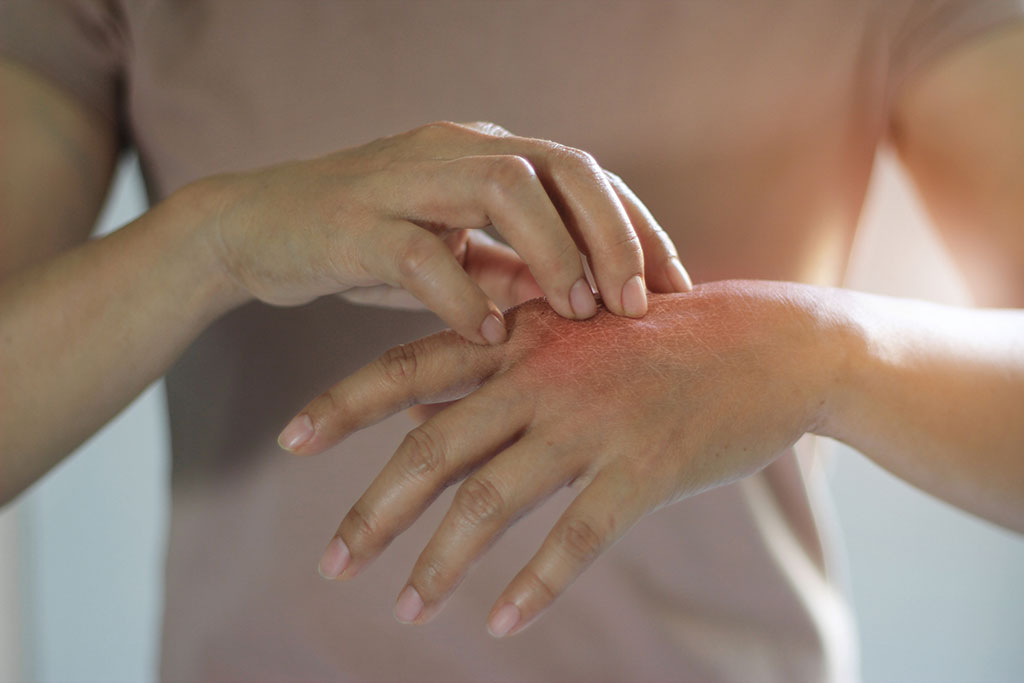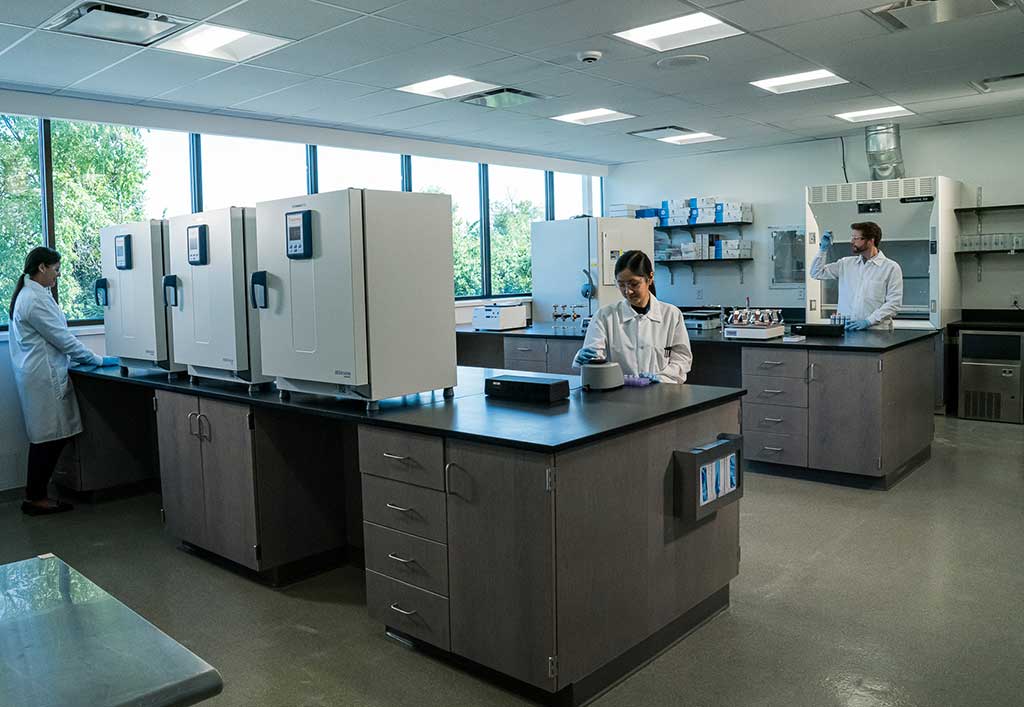In Vitro Skin Irritation Testing
Home » Services » Materials Testing & Analysis » In Vitro Skin Irritation Testing
Assess Your Product for Skin Contact Hazards
One of the many functions of human skin is to protect the body from pathogens and harmful substances. Contact hazards are a large group of substances of the necessary molecular size, ionization state, and fat solubility to penetrate skin and cause localized damage to cells. This damage manifests as skin irritation, with symptoms including redness, swelling, itching, and pain.
Irritancy is not a biological endpoint restricted to neat chemicals—contact hazards can integrate into medical devices, consumer products, and raw materials during manufacturing or processing, eventually reaching the final consumer. To ensure user safety, biocompatibility tests are performed on extracts collected under conditions that simulate anticipated product use. These extracts are applied to a reconstructed human epidermal model that parallels the outer layer of the human skin. Damage to the model by the extracts is measured with a well-characterized cell viability reagent to categorize the original product as an irritant or non-irritant.


Benefits of In Vitro Skin Irritation Testing
- Ensure customer safety
- Risk Mitigation
- Marketing (No Animal Testing)
- Prototype Evaluation
- Bridge to in vivo/clinical trials
The RhE tissues are derived from human epidermal keratinocytes that have been cultured to differentiate into the separate layers of the outer layer of the skin, as described in ISO 10993-23. The EpiDerm™ RhE tissues were originally used for assessment of neat chemical irritancy per OECD 439 with the goal to reduce the need for laboratory animal testing. This model has also undergone international round robin validation studies to establish that it accurately distinguishes irritating and non-irritating product extracts.
These studies have been replicated by operators within the Eurofins EAG laboratory to establish the accuracy, repeatability, precision, and robustness of the assay. Reach out to our team for help with your project.
The in vitro irritation assessment performed at Eurofins EAG using the EpiDerm™ model is a rapid, reliable, and ethical way to screen a medical device, consumer product, or raw material for irritancy before it reaches the final stages of development. Results of this assay provide confidence that a medical device will pass subsequent in vivo testing. Alternatively, the in vitro irritancy results can help guide decisions on further testing before redesigning, scaling, or refining the product’s manufacturing process. Learn more about the EAG In Vitro Biocompatibility Laboratory.
Would you like to learn more about In Vitro Biocompatibility Testing?
Contact us today for your In Vitro Biocompatibility testing needs. Please complete the form below to have an EAG expert contact you.